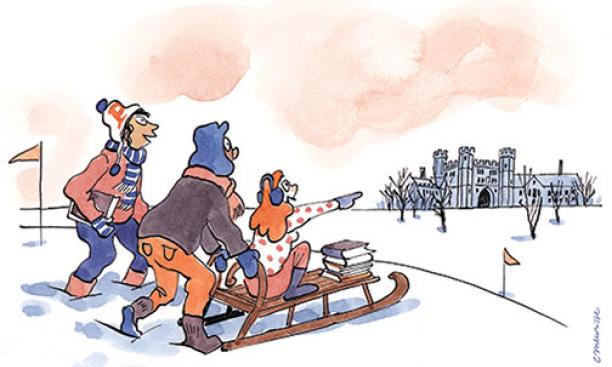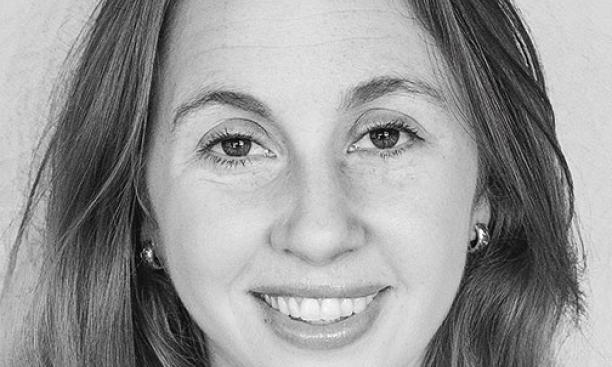

I thought I knew where Princeton was when I arrived on move-in day in September 2002. Princeton was that collection of grand stone gothic buildings bunched together across the street from the fancy clothing stores on Nassau Street. As a child, I had visited the campus many times with my grandparents, who liked to eat at Alchemist & Barrister and take photos of me smiling in front of the “Oval with Points” sculpture. When I enrolled, I figured I’d be living near that landmark.

I thought I knew where Princeton was when I arrived on move-in day in September 2002. Princeton was that collection of grand stone gothic buildings bunched together across the street from the fancy clothing stores on Nassau Street. As a child, I had visited the campus many times with my grandparents, who liked to eat at Alchemist & Barrister and take photos of me smiling in front of the “Oval with Points” sculpture. When I enrolled, I figured I’d be living near that landmark.
But on my first day as a student, I was directed down, down, down the sidewalk on University Place, past “the Wa” and across a street. Across a street! In my mind, the Princeton campus was fully contained inside a black gate with one entrance that would be bad luck to use as an exit. Why would anyone ever need to cross a street to get to a Princeton dorm? From the concrete walls of my tiny double in the dorm known as Forbes Addition, I had to wonder: Where is Princeton?
Forbes College was a world unto itself. We had a dining room overlooking a golf course, where we sledded in the winter and played Capture the Flag in the summer. It was known to have the best brunch of any residential college — and the closest-knit community. There was an “Ohhhh, you’re one of the Forbes people!” attitude among the denizens of more centrally located residential colleges.
At first, I hated the Forbes life. Because of the distance from the rest of campus and the effort it took to bike uphill toward Firestone Library and — heaven forbid — the engineering library, it became apparent that those who lived in Forbes tried not to stray too far. An old Halloween T-shirt in my drawer has a drawing of a gravestone that says, “Die for the Inn” and an arrow pointing away from it that says, “Forbes 10 mi.”
I was jealous of those who got to live in a gothic playground, so I started eating at Mathey and Rocky. Years after graduation, there are still people who assume I lived in Mathey. It wasn’t until late into freshman spring that I began to embrace Forbes as my side of Princeton. In the common area, I spent many laugh-out-loud nights playing a charades-like game called Salad Bowl. Weeks away from leaving for a semester abroad in Spain, I gathered around the piano with friends for a “Goodbye Liz” party for me and another Liz. Forbes had brought all of us together.
As an anthropology major, I might have observed that Forbes’ geographic containment leads its residents to become very close and to develop a strong sense of identity that lasts even through the upperclass years. Forbes is its own bubble inside a much larger orange one. When I meet alumni who have lived there, I feel we have a certain understanding.
Now I live in what I thought was Los Angeles but is actually Pasadena, which feels like one of 1,000 places that could be thought of as Los Angeles, but is far enough away from skyscrapers and the beach to be a separate pocket of existence. Who the Pasadenans are, I do not yet know. I only just arrived, once again dragging suitcases to an unknown community that, like Forbes, seems a little too far from the center, but one day might feel like home.
